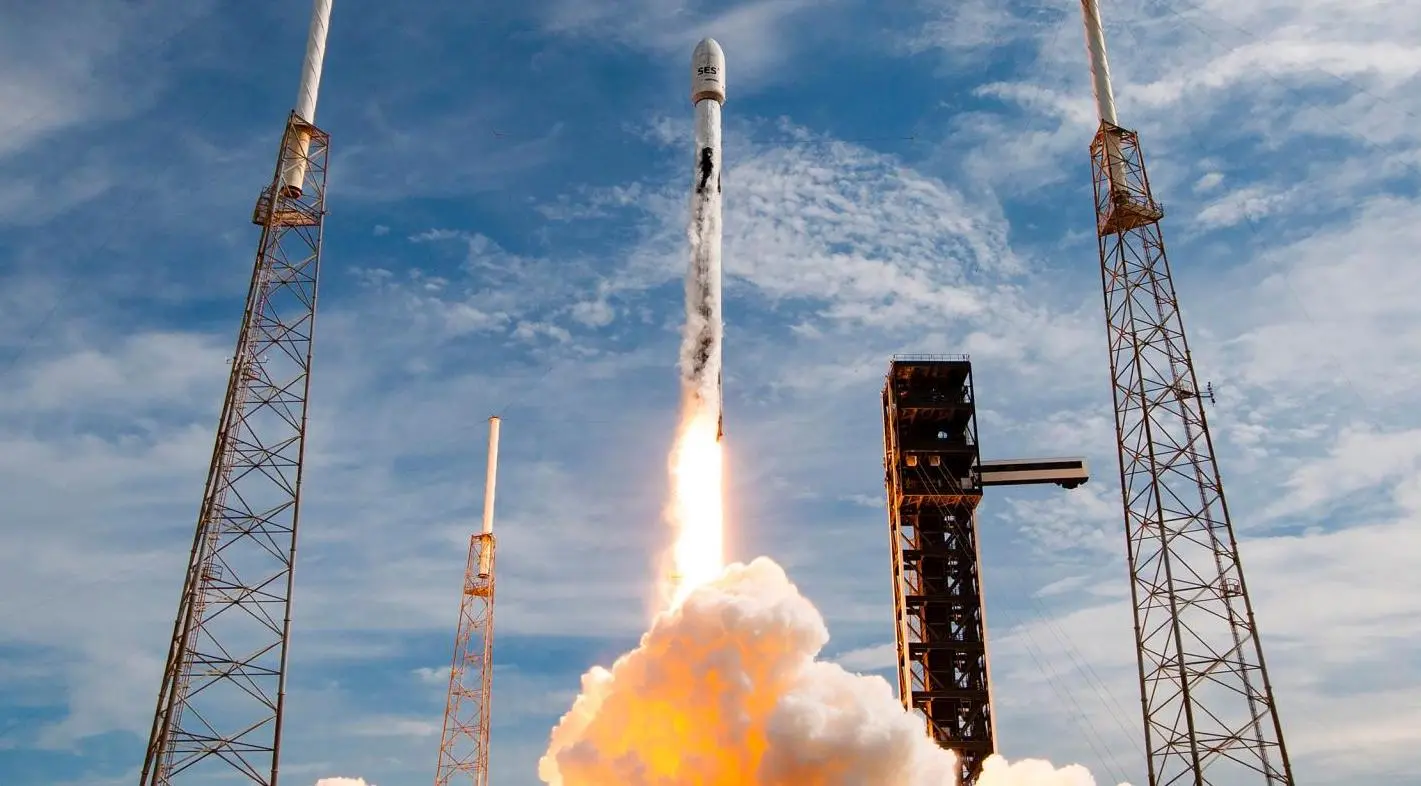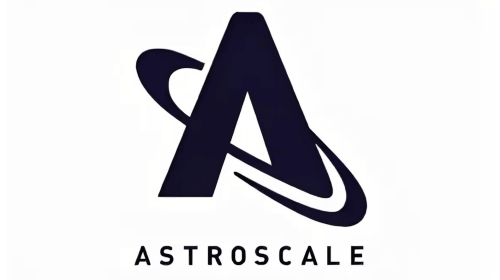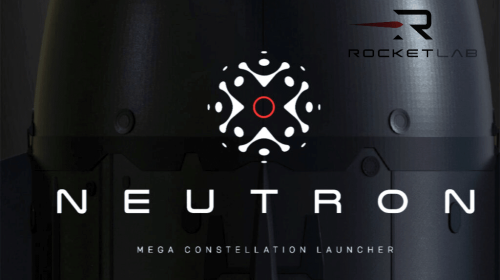Will O3b mPOWER Finally Change the Game?
Aug 05, 2025
The telecommunications industry marked another milestone with the launch of the ninth and tenth satellites into Medium-Earth Orbit (MEO) as part of the SES O3b mPOWER constellation. These newest satellites were successfully launched through a Falcon 9 mission that took off from Cape Canaveral Space Force Station on July 22 at 5:12 p.m. ET. According to the manufacturer Boeing, both satellites were in good health after the launch and were going through the usual operational tests to ascertain that they perform optimally.
 Falcon 9 launches the ninth and tenth O3b mPOWER satellites on July 22. Credit: SES
Falcon 9 launches the ninth and tenth O3b mPOWER satellites on July 22. Credit: SES
SES has been quietly developing its next-generation Medium-Earth Orbit (MEO) constellation, and the company began commercial services using the O3b mPOWER network in April last year. The seventh and eighth satellites, launched in December, entered the active service in June, which reflects the gradual increase in the capabilities of the constellation. Such a methodical deployment strategy has enabled SES to slowly build capacity without compromising the service reliability of the current customers in different sectors.
The main manufacturer of the O3b mPOWER constellation, Boeing, stated that the new satellites would use the same design improvements that have been used in the recent launches. Boeing officials added that the O3b mPOWER system was specifically designed in such a way that subsequent satellites beyond the original six would increase capacity, performance, and overall network resilience with the latest technology and advanced production methods. Adel Al-Saleh, the CEO of SES, insisted that the O3b mPOWER services have been reshaping the industries and enabling the most important customers over the past year — including telecommunications operators, cruise lines, airlines, NATO, and other governmental organizations such as Luxembourg and the United States — to access high-performance, low-latency connectivity at scale. According to him, the newest launch would build incremental capacity in the first constellation and enhance the capacity of the MEO network to provide high throughput and predictable low latency services. Al-Saleh was proud of the SES team and partners that had continued to stretch the limits of what was possible in satellite technology in order to provide critical connectivity where it was most needed.
The new satellite launches also feature a number of technological enhancements, especially the payload power modules, which had been redesigned after problems were discovered with four of the earlier O3b mPOWER satellites. These new powerful systems jointly developed with Boeing can be found in the new satellites launched (as well as the seventh and eighth satellites already put in service). The satellites use digitally shaped beams which can dynamically respond to evolving communication requirements across geographies and customer sets and Boeing has hardened this technology to military use on multiple defense satellite programs, making the connectivity more secure and jam-resistant, interruption or interception resistant. The ninth and tenth O3b mPOWER satellites were launched successfully, which is a significant step in the plan of SES to develop a global network of connectivity. The recent purchase of Intelsat has firmly established SES as a multi-orbit operator with control over some 90 Geostationary Orbit satellites and 30 MEO satellites, creating unprecedented capacity for diverse customer needs.





